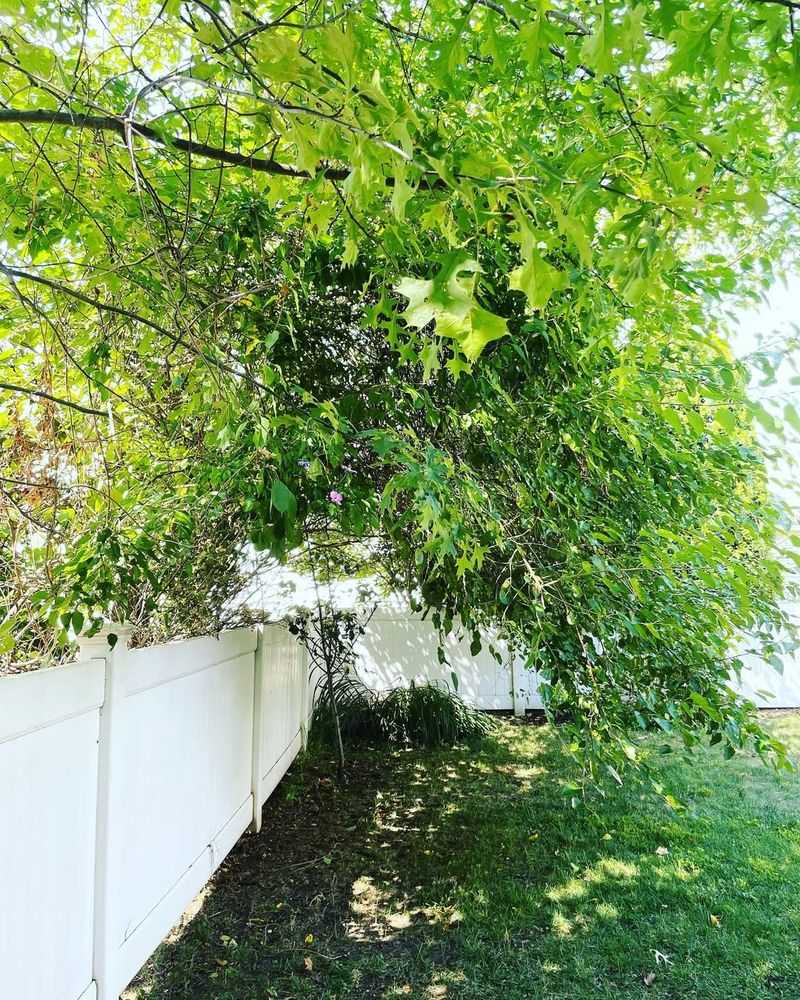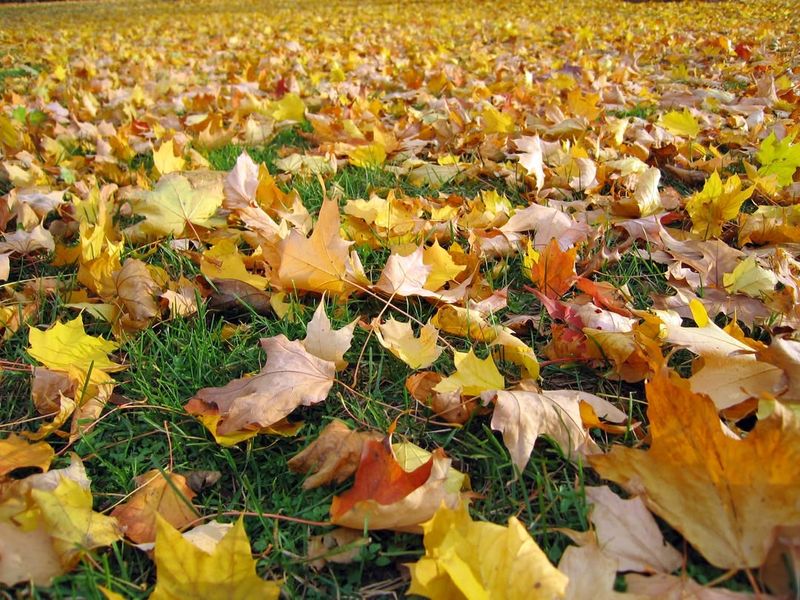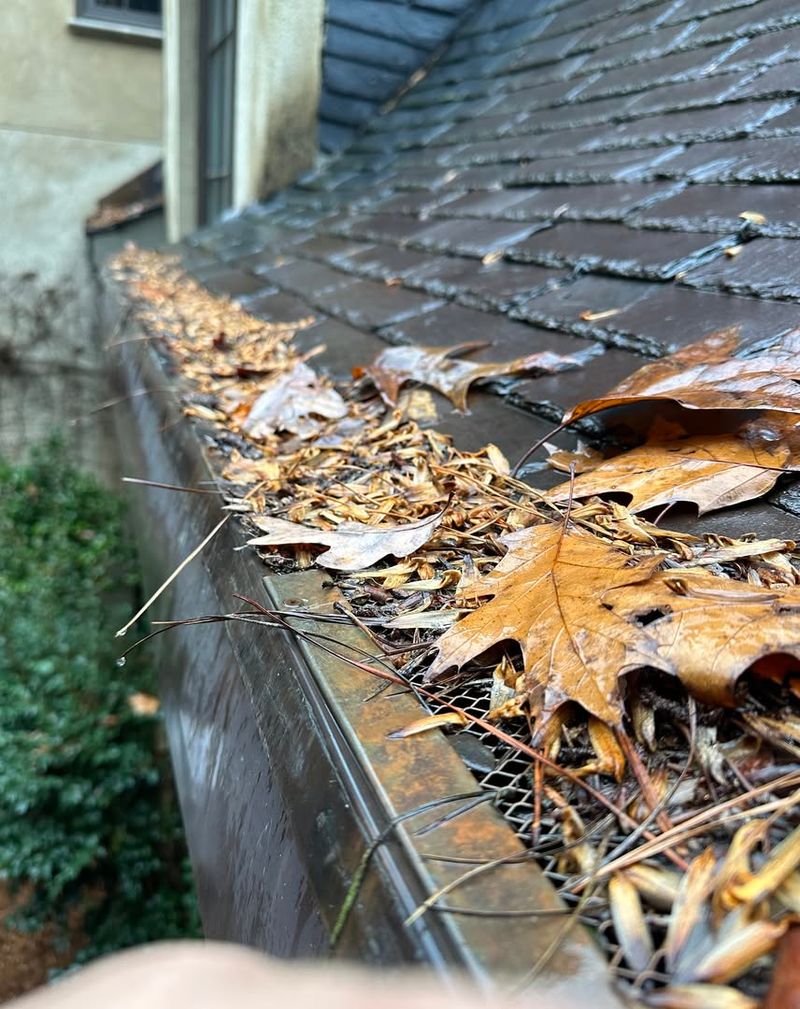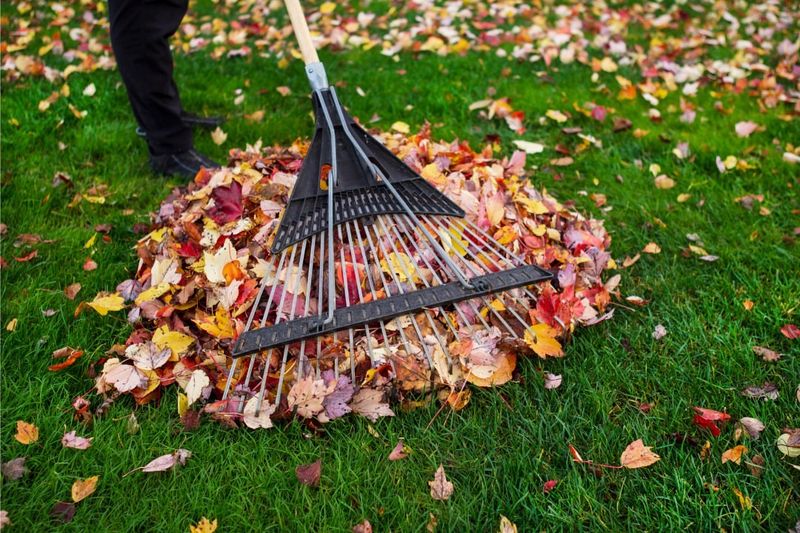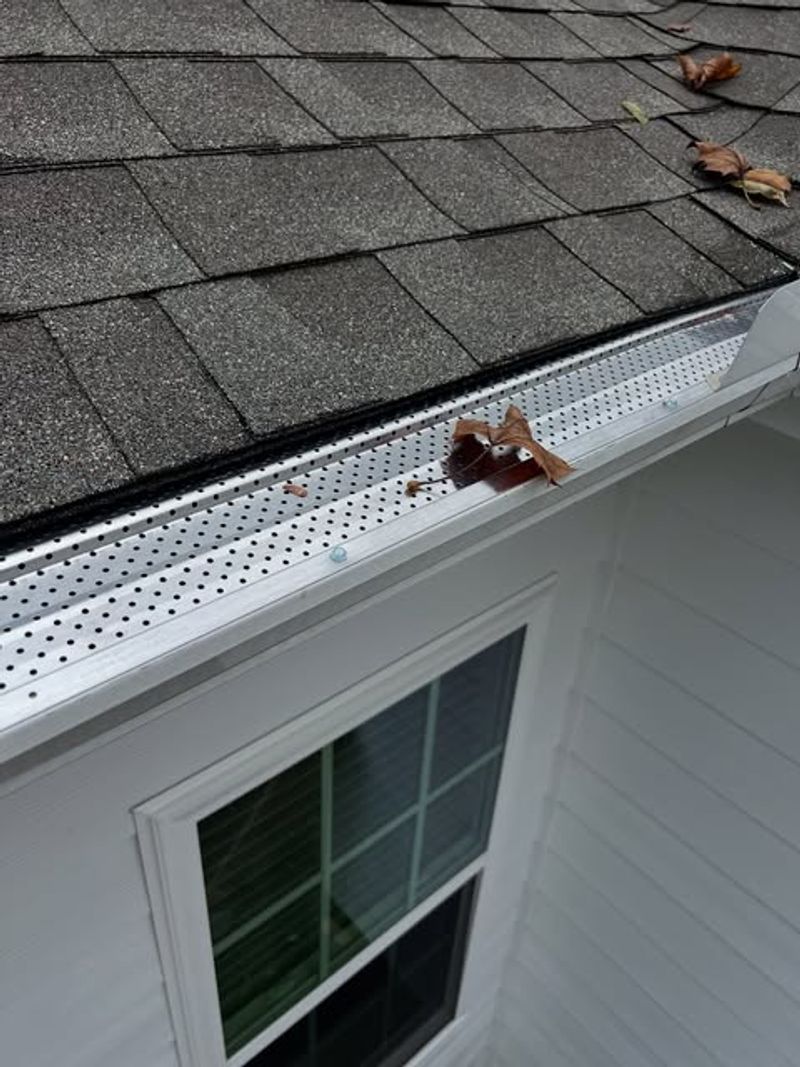Falling leaves can pile up fast in autumn, especially when they come from your neighbor’s tree. If you live in Pennsylvania, you might wonder who has to clean them up and what the law says about it.
Understanding your rights and responsibilities can help you avoid arguments and keep your yard looking nice without causing problems with the people next door.
1. Generally, You’re Responsible For Cleanup
Pennsylvania law typically makes property owners responsible for maintaining their own yards, even when leaves blow over from a neighbor’s tree. Courts usually see fallen leaves as a natural occurrence rather than something your neighbor caused on purpose.
You can’t force your neighbor to rake leaves that land on your property. Most judges consider this part of normal homeownership, similar to dealing with rain or snow that affects your yard naturally.
2. Overhanging Branches Are Different
While you handle the leaves, Pennsylvania does give you rights regarding branches that cross your property line. You’re legally allowed to trim branches that hang over into your yard, as long as you don’t damage the tree’s health.
Always trim carefully and consider hiring a professional arborist for larger branches. Remember that you can’t go onto your neighbor’s property without permission, and you shouldn’t cut anything that could kill or seriously harm their tree.
3. Talk To Your Neighbor First
Before taking any action or getting upset, have a friendly conversation with your neighbor about the leaf situation. Many people don’t realize their tree is causing extra work for you and might be willing to help.
Your neighbor might offer to help with cleanup or agree to trim branches together. Building a good relationship often solves problems faster than legal action, and you’ll maintain peace in your neighborhood for years to come.
4. Document Excessive Problems
If falling leaves cause serious damage to your property, like clogging gutters that lead to water damage or creating hazardous conditions, start keeping detailed records. Take photos, save receipts for repairs, and write down dates when problems occur.
Pennsylvania courts might consider a case if you can prove the tree creates an actual nuisance that goes beyond normal leaf drop. Documentation becomes crucial evidence if you ever need to pursue legal options or insurance claims.
5. Local Ordinances May Apply
Some Pennsylvania towns and homeowner associations have specific rules about tree maintenance and leaf removal that go beyond state law. Check with your local municipality or HOA to learn what regulations exist in your community.
Certain areas require property owners to keep their trees trimmed or remove dead branches that could fall. Your township might also have leaf collection schedules or composting programs that make cleanup easier for everyone in the neighborhood.
6. Consider Preventive Solutions
Installing leaf guards on your gutters or creating a natural barrier with landscaping can reduce the impact of your neighbor’s tree. Mulching mowers chop leaves into tiny pieces that actually benefit your lawn as fertilizer.
You might also plant shrubs or put up a privacy fence that catches some leaves before they spread across your entire yard. These proactive steps save time during fall cleanup and help you enjoy your property without constant frustration.



